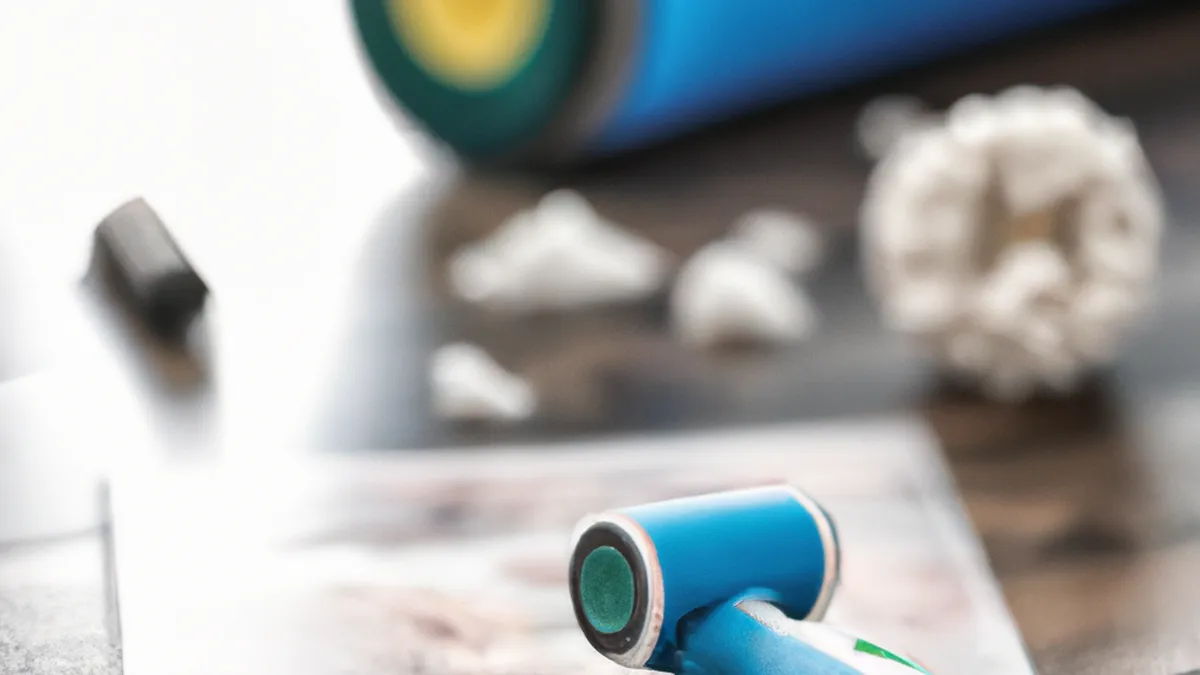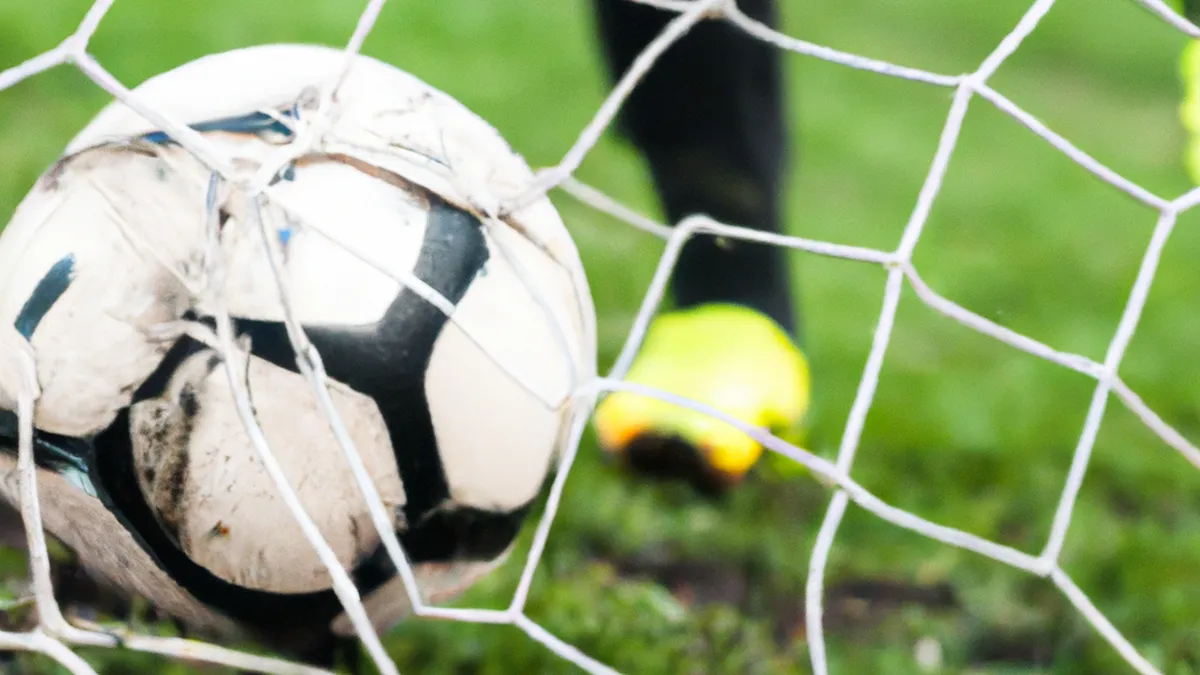Rejuvenate After Workouts: Foam Rolling Secrets
Foam Rolling for Common InjuriesAthletes, fitness enthusiasts, and casual gym-goers widely use foam rolling. This effective tool aids muscle recovery and injury prevention. If you want to enhance performance and reduce pain, foam rolling can help. This post will cover foam rolling techniques for common injuries, its benefits, and practical tips.
Understanding Foam Rolling
Foam rolling involves self-myofascial release. It applies pressure to muscles and fascia using a foam cylinder. This technique alleviates muscle tension, improves blood circulation, and enhances flexibility. Many people use foam rolling to address lower back pain, IT band syndrome, and plantar fasciitis. Proper use can improve recovery time and muscle health.
Lower Back Pain
Many adults experience lower back pain due to prolonged sitting or poor posture. Foam rolling effectively relieves tightness in spine-adjacent muscles. Follow these steps for safe and effective foam rolling:1. **Sit on the Floor**: Sit with your legs bent comfortably. 2. **Position the Roller**: Place the foam roller behind your lower back, above your tailbone.3. **Lean Back**: Gradually lean back onto the roller, keeping your feet flat for stability.4. **Roll Gently**: Slowly roll from the base of your spine to the middle of your back. Focus on muscles beside the spine.5. **Duration**: Roll for one to two minutes, pausing on tender areas for extra relief.This technique can alleviate lower back discomfort and enhance mobility.
IT Band Syndrome
Iliotibial (IT) band syndrome often affects runners and cyclists. This overuse injury causes pain along the outer thigh and knee. Foam rolling can relieve tension in the iliotibial band and surrounding muscles. To target this area:1. **Lie on Your Side**: Lie on your side, positioning the foam roller beneath your hip.2. **Support Your Weight**: Use your arms and other leg for balance as you roll.3. **Roll Down**: Slowly roll from your hip down toward your knee, focusing on the outer thigh.4. **Pause on Tender Spots**: If you find tight areas, pause for 20 to 30 seconds for muscle release.
Conclusion
As an Amazon Associate I earn from qualifying purchases.
Gear tip: consider massage oil, tens unit, and massage gun to support this topic.
Foam rolling significantly aids in injury recovery and prevention. Incorporate these techniques for better overall wellness.
Below are related products based on this post:
FAQ
What is foam rolling?
Foam rolling involves self-myofascial release, where pressure is applied to muscles and fascia using a foam cylinder. This technique helps alleviate muscle tension, improves blood circulation, and enhances flexibility, making it beneficial for recovery and injury prevention.
How can foam rolling help with lower back pain?
Foam rolling can effectively relieve tightness in the muscles adjacent to the spine, which is beneficial for those experiencing lower back pain. By following specific techniques, such as rolling from the base of the spine to the middle of the back, individuals can alleviate discomfort and improve mobility.
What is IT band syndrome and how can foam rolling help?
IT band syndrome is an overuse injury that commonly affects runners and cyclists, causing pain along the outer thigh and knee. Foam rolling can help relieve tension in the iliotibial band and surrounding muscles, providing relief and aiding in recovery.















Post Comment